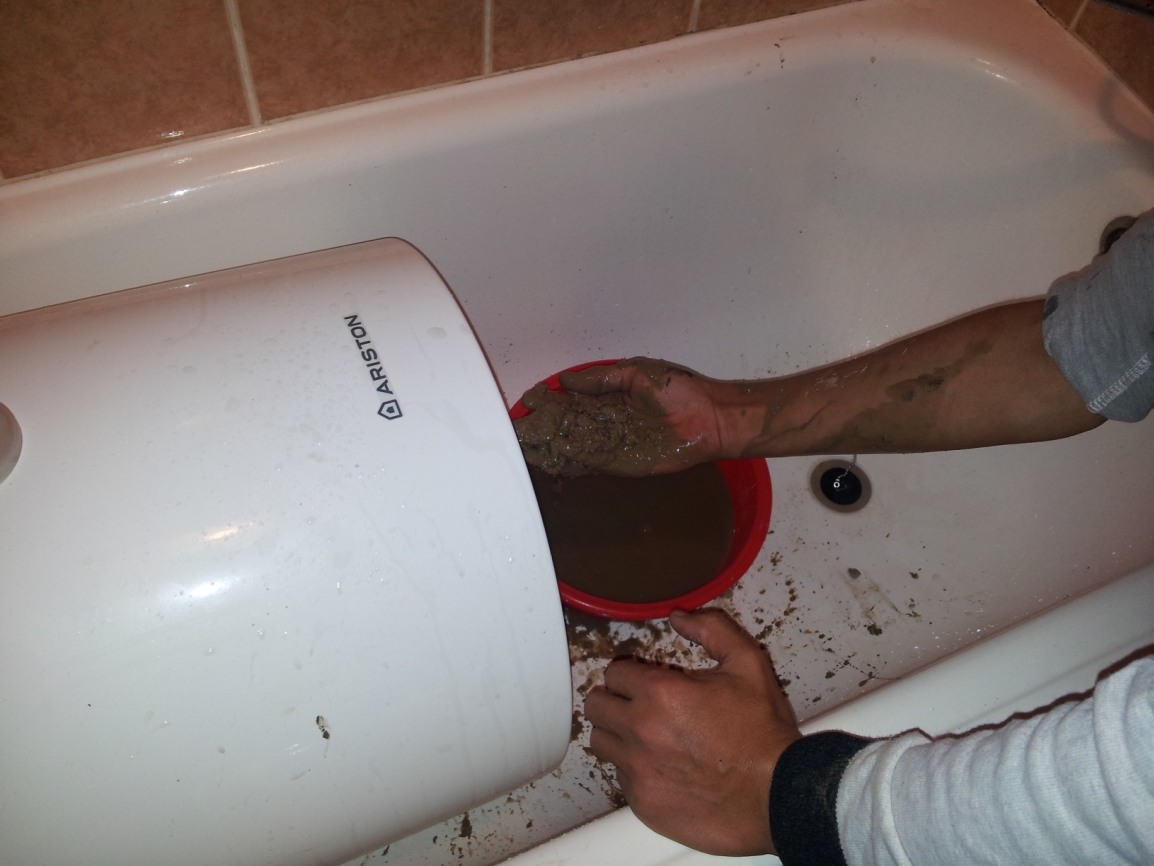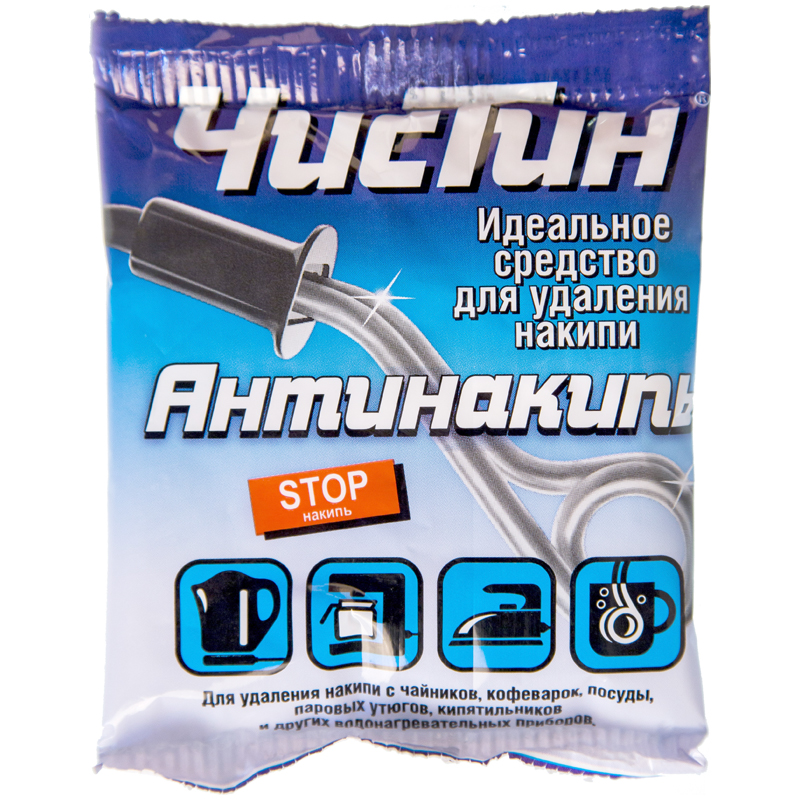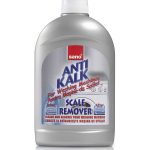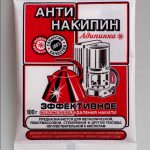Cleaning the boiler at home
- How to clean a boiler yourself: tips and tricks
- Before you start: basic rules
- Dismantling a home water heater
- Mechanical cleaning method
- Chemical cleaning method
- How to descale a heating element in a water heater
- Existing descaler
- How to descale a heating element in a water heater without disassembling
- Video: do-it-yourself boiler cleaning
How to clean a boiler yourself: tips and tricks
Most modern water heaters are capable of long-term and trouble-free operation for many years. However, depending on the operating conditions, this period can be significantly reduced, especially if its prevention is not carried out every one and a half or two years - we mean cleaning the boiler. Such a frequent need is caused by the poor condition of city water pipes, as well as the quality of the water itself.

Before you start: basic rules
No matter how clean the water is, it will begin to form scale in any case. Over time, organic deposits and sludge (fine sediments) will still accumulate inside the container.

There are several signs by which you can determine that the water heater needs to be cleaned:
- Perceptible increase in heating duration.
- Frequent tripping of the thermal protection circuit breaker.
- Harsh pops and noise inside the tank.
- Hot water has an unnatural color and smells unpleasant.

Usually the focus is on the heating element. Water containers are less likely to need special additional care.

Important! Before starting to troubleshoot problems yourself, it is recommended to watch at least a couple of videos on how to clean a boiler at home.
Dismantling a home water heater
The first thing to do before starting work is to turn off the boiler and close the inlet tap (cold water). The general order of operations looks like this:
- The tank needs to be emptied. This is the most time consuming stage. It can be accelerated a little by removing the supply pipes of cold and hot water - water should flow from the "cold" pipe.
- Remove decorative trims and covers.
- Cleaning the boiler requires dismantling all auxiliary equipment (relay, thermal sensor).
- Remove the bolts securing the flange to the tank body.
- Remove the heating element carefully.
If conditions permit, you can remove the boiler and perform all work on the floor, having previously turned it upside down.

Important! After removing the protective cover, it is advisable to take a couple of pictures in order to remember the order of connecting the wires to the control units.
Mechanical cleaning method
Typically, layers of scale are deposited on the tubing of the heating element and in a small area around it. Therefore, the bulk of the work falls on its cleaning. Large plaque must be carefully removed with a knife, being careful not to damage anything. The residual layer can be removed with fine sandpaper.

In this case, you need to act quickly, while the tubes are still wet, since it is extremely difficult to descale the ten from the water heater, and the lime layer quickly hardens in air. As for the tank, wash the inside well enough.

Chemical cleaning method
Since it is strictly forbidden to use hard brushes or abrasives in the process of removing plaque, special cleaning agents are often used.

Hard-to-reach places in the storage tank can be wiped with a damp cloth soaked in citric acid solution. You can also immerse teng in it to remove the remains of plaque. At the end of the work, all surfaces that have come into contact with chemistry should be thoroughly rinsed.

This completes the boiler cleaning.

Note! Ariston water heaters are distinguished by a special flange design. To remove it, you need to feed it up a little, then, tilting it at a certain angle (determined in place), carefully remove the teng from the tank.

How to descale a heating element in a water heater
Removal of mineral build-up from heating elements is not always possible only mechanically. In this way, it will be possible to remove only large pieces, and it is better to clean the thin residual layer and rust with the help of chemical reagents.

If the plaque is light, a regular kettle descaler will work as well. You can also make a citric acid solution by diluting two 50-gram sachets in two liters of water. Alternatively, a five to one acetic acid solution is suitable. To completely remove mineral deposits, the heater must be in the chemical bath for quite a long time: from 12 hours to a day.

Important! When working with aggressive solutions, you need to use enameled dishes and make sure that the liquid does not get on the rubber cuffs or seals. Otherwise, such cleaning of the boiler can lead to leaks.

Existing descaler
You can also get rid of limescale using industrial reagents. They can be sold as powders or as pre-prepared liquids. The only limitation is that they cannot be used for cleaning copper surfaces or stainless steel containers!

The advantages of industrial products include:
- Specially developed chemical composition containing strong acids.
- Presence of a corrosion inhibitor.
- Good water solubility, safe vapor release.
How to descale a heating element in a water heater without disassembling
Sometimes it is necessary to clean the water heater without removing or disassembling it. Such a possibility exists, but only if the pipeline is correctly laid out. In this case, you will have to drain a little water (about a third of the total volume) and add reagent through the drain pipe. This must be done in such a way that the container with the solution is above the water level in the tank.Then you need to wait from 4 to 8 hours, then rinse everything with running water several times.

You can reduce the amount of such "prevention" by using additional filters for mechanical cleaning. In addition, it is advisable to use water softeners, as well as to choose a gentle mode of operation (it is better to avoid excessive overheating of the heating element). These steps will eliminate a number of negative factors, which makes cleaning the boiler much less necessary, and the water heater itself will last much longer. Significantly longer than the period stipulated by the manufacturer.

Video: do-it-yourself boiler cleaning













